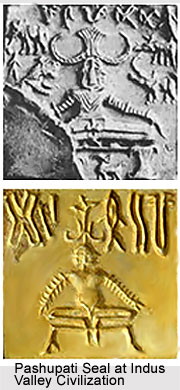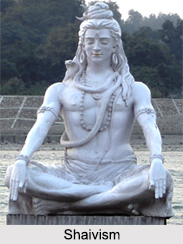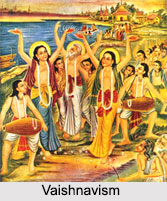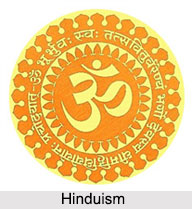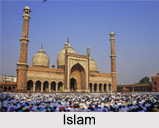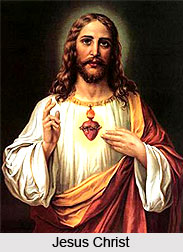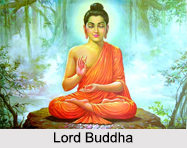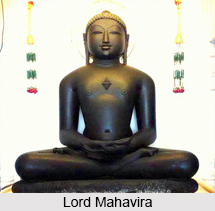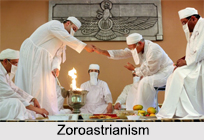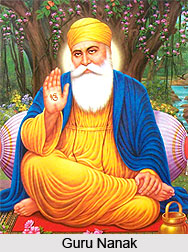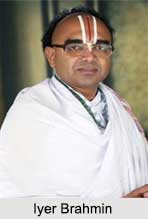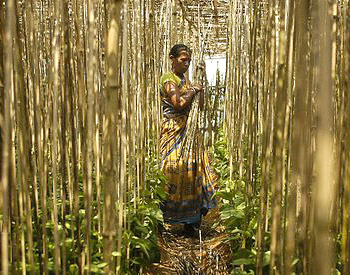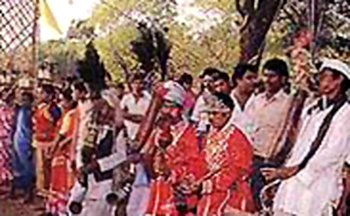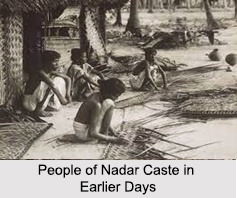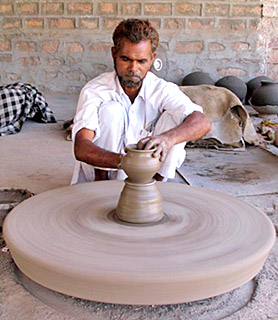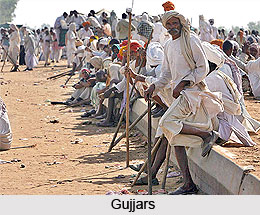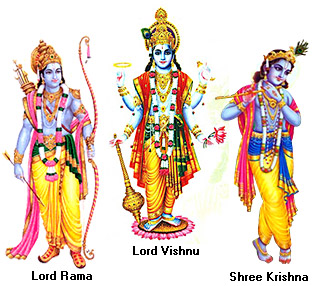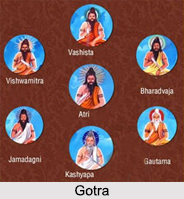 Goddess Poleramma is worshiped as a village God who is worshipped in order to protect the village. The shrine is kept outside the village and quite frequently on the bank of an irrigation tank. The shrine is very crude at times built with stones and mud. Goddess Poleramma hardly has a temple built after the pattern of those Lord Shiva temples which are found in the villages. Poleramma is considered as the goddess of smallpox in Andhra Pradesh. She is considered responsible for all other troubles in the village like cattle disease, drought, and sickness among the people. A bloody sacrifice is offered to appease the goddess. Some cactus leaves are placed on the wall near the gate. Sometimes it is placed over the door. Poleramma, seeing the cactus, will think the place uninhabited and pass on as cactus would not be allowed to grow on the wall of an occupied house. Thereafter a sheep or small buffalo is tied to the leg of the cot on which the sick man is dying. The animal is an offering. It is hoped that with this Poleramma will be satisfied and leave the house.
Goddess Poleramma is worshiped as a village God who is worshipped in order to protect the village. The shrine is kept outside the village and quite frequently on the bank of an irrigation tank. The shrine is very crude at times built with stones and mud. Goddess Poleramma hardly has a temple built after the pattern of those Lord Shiva temples which are found in the villages. Poleramma is considered as the goddess of smallpox in Andhra Pradesh. She is considered responsible for all other troubles in the village like cattle disease, drought, and sickness among the people. A bloody sacrifice is offered to appease the goddess. Some cactus leaves are placed on the wall near the gate. Sometimes it is placed over the door. Poleramma, seeing the cactus, will think the place uninhabited and pass on as cactus would not be allowed to grow on the wall of an occupied house. Thereafter a sheep or small buffalo is tied to the leg of the cot on which the sick man is dying. The animal is an offering. It is hoped that with this Poleramma will be satisfied and leave the house.
Whether the smallpox is cured or not, within a few days the devoted animal is taken outside the village and sacrificed. Food is also prepared, some of it is placed on the beheaded sacrificed animal and the head with the food on it is left outside the boundaries, with the hope that Poleramma will be happy to remain outside. The left over is taken home by the one offering it and is eaten there.
If it is seen that the smallpox appears to be spreading then a general jatara is arranged. First the announcement is made regarding the coming of the jatara. After bathing the image of Poleramma, a procession is formed that is led by the Madiga asadi or story-teller. At each house they receive some amount of food and buttermilk which is later divided among them. Thereafter they go to the centre of the village and take a new pot that contains one-fourth of an anna, some turmeric, charcoal and rice. The story teller now tells the story of Poleramma where she describes her powers and the dangers which may come if she is neglected. The people make vows to her to be fulfilled at the time of the jatara. The pot is tied to a tree and left till the time of worship.
The jatara continues for four days. On the first day the pot is taken from the tree and carried throughout the village which is accompanied by the beating of drums. When it is carried past each house the people come out and bow in worship before it. The asadi calls upon the elders to witness, calling each one by name and announces the various vows that have been made to Poleramma. Thereafter a sheep is sacrificed to seal the promise made in the vows. Once again similar procession takes place and the pot is carried around the village, food being collected at each house. The temple is also purified with various ceremonies. The stone image is bathed and some offerings are placed before her.
The procession now goes to the water where the royal staff and the snake`s hood s have been kept in water over night. These are taken and carried to the temple after a sheep has been offered. After placing all this beside Poleramma in the temple, the ceremonies of the first day is complete.
On the second day there are still some more processions about the village and the food is offered in front of the house of another shepherd. On the third day the procession starts earlier and more food is collected. After some rituals the merry-making takes place. The villagers bring their decorated carts and oxen and form a procession to go around the temple. After the procession of carts, the people bring sheep, goats, and chickens which are offered to Poleramma. This ends the ceremonies of the third day.
The fourth day is the greatest day of the festival. It has the most revolting features of any part of the ceremonies. A huge heap of boiled cholam, kaffir corn, is poured out before the goddess and the sacrificed animal is brought. Several rituals are performed after this.
When Poleramma`s worship is over, a sheep is offered to Potu Razu, and some of the food is poured before him. Prayers are offered to him in order to guard the village and this brings the ceremonies to an end.
